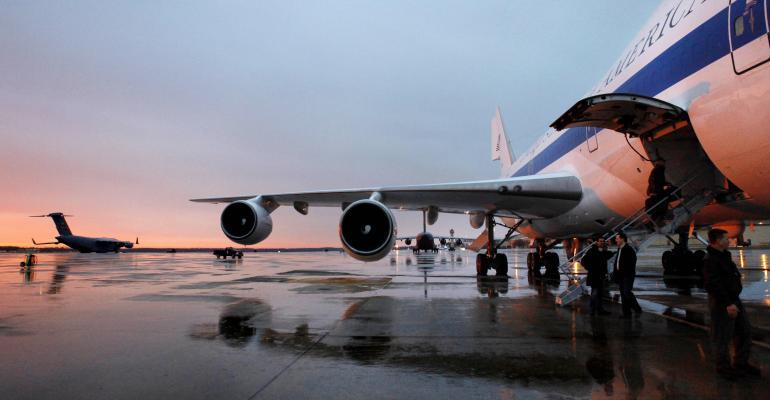
The virus crisis is putting airlines, MROs and OEMs through a brutal shakeout, from which it is uncertain that many carriers and aftermarket companies will emerge as independent entities. But shakeouts also offer opportunities, for building more efficient companies through mergers and acquisitions.
Investors are definitely thinking about aviation aftermarket M&A now, says Jonathan Berger, managing director of Alton Aviation. “Absolutely,” Berger says. “Money is very cheap to borrow, so they have dry powder.”
But Berger does not expect many if any deals to close soon, and he cites several reasons. First, “We’ve seen numerous transactions that were in process go pencils down as a result of the pandemic, because proper due diligence could not be performed due to travel restrictions.”
Completing an M&A deal requires due diligence, which must include an in-person management briefing and usually a dinner to determine if a good fit on paper is also a good fit in terms of culture and personality. “You’ve got to kick the tires, see the assets you are acquiring, do a test drive,” the Alton consultant says. That is tough right now. Although domestic air travel in the U.S. is allowed, and domestic flights in other nations are opening up, corporations often have their own rules restricting executive travel due to legal liabilities.
Berger also says the current M&A environment is in a state of stasis, driven by uncertainty. “Until there is better visibility into airlines post-Covid fleet plans and OEM production rates, investors appear willing to sit back and ride out the storm.” Fleet plans and OEM production plans are critical to deciding which MRO and aftermarket assets to acquire and how much to pay for them. Berger says he has no independent prediction of when the landscape will clarify, but cites the conventional wisdom that this is likely sometime in the third quarter of 2020 or the first quarter of 2021.
Another big uncertainty is what kind of price, measured in the multiples of previous yearly earnings, might be paid for aftermarket acquisitions. Berger thinks “it’s too early to say, and depends partly on the type of business, OEM, part trader or pure repair shop.” He notes that the hot M&A market before the virus crisis was often awarding heady multiples of 10 to 12 times earnings, “way above the norm.”
The fact that the present crisis is driven by a pandemic, not a recession, might help multiples recover to closer to the norm, or six to nine times earnings, Berger speculates.
But there is another way for fragile MROs to become part of a new MRO landscape. “I’m not convinced that we will see a wave of acquisitions in the short to medium term,” Berger says. “I suspect that many investors may be waiting for MRO businesses to fold, and then cherry pick the more desirable or valuable pieces post-bankruptcy or liquidation.”
All aftermarket companies have different lines of business, different services, different products and different regional markets, and each of these different segments have more or less profitability and some even being loss leaders. Berger says a private equity buyer might want to take the whole enterprise, but a strategic buyer--an OEM or another MRO--might want just a few pieces of the insolvent company.
And Berger expects at least some aftermarket companies to fold. “They are already getting smaller, shutting down locations.”





